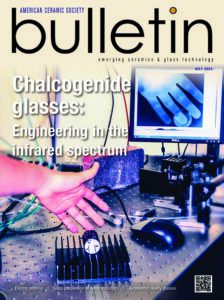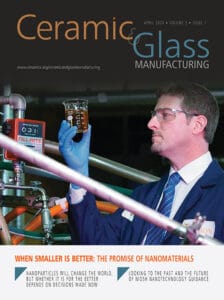
Short Bio:
Chang-Jun Bae is the Principal Investigator for 3D Printing Materials at the Korea Institute of Materials Science (KIMS) and a Professor of Material Science and Engineering at the University of Science & Technology (UST), Republic of Korea. Currently, he leads several international projects, including Eureka, Eureka cluster (Eurogia), M-era.net, and the Korea-China Energy Consortium. Before joining KIMS, he served as a member of research staff at Palo Alto Research Center (2011-2016), consulted for A123 Systems, and worked as a postdoctoral associate at MIT (2008-2011). He earned his Ph.D. in 2008 from the University of Michigan, Ann Arbor, MI, USA. His research focuses on fundamental and applied studies aimed at overcoming challenges in ceramic additive manufacturing, enabling the sculpting of structures at both small and large scales, and manipulating the properties of ceramic materials for energy and sensor applications. He has secured 4 technology transfer agreements and has authored or co-authored over 50 peer-reviewed publications. His works on new electrode designs for ultrahigh energy density and achievements in additive manufacturing have been featured in various media outlets including USDrive highlight, Economist, MIT Technology Review, and Ceramic Tech Today. He has received numerous honors, including the Golden Acorn Award (Xerox-PARC), the ARPA-E OPEN Innovation (DOE), the Best Research Award (KIMS), and the Young Ceramists (KOFST).
Abstract: Learning from the Past, Looking to the Future of Ceramic Additive Manufacturing
Ceramic additive manufacturing (C-AM) stands as a groundbreaking technology poised to revolutionize various high-tech industries such as energy, communication, and biomaterials by enabling the direct fabrication of complex ceramic structures. Despite its immense potential, C-AM encounters challenges, particularly in mitigating defects and distortions during green body formation and binder burn-out stages. We introduce a novel in-situ sensing system designed to monitor sequential layers during green body formation. This system provides immediate defect confirmation and facilitates quantitative analysis of the rheological-curing-mechanical behaviors, shedding light on the underlying dynamics governing the fabrication process. Subsequently, we delve into the phenomenon of binder burn-out and its impact on the thermal degradation of 3D printed green bodies. Through a combination of numerical simulations and experimental characterizations, we investigate the spatial and temporal evolution of thermal degradation behavior, elucidating its dependence on factors such as temperature, heating rate, and sample sizes. Additionally, our findings reveal the presence of inhomogeneous binder removal, characterized by a planar receding mode in larger bodies subjected to higher heating rates, resulting in the formation of distinct interfaces between binder-rich and binder-free regions. By addressing these challenges and leveraging insights gleaned from past practices, our research aims to propel C-AM towards a future defined by enhanced reliability, efficiency, and versatility in ceramic fabrication processes.
Subscribe to Ceramic Tech Today

Don’t miss the latest ceramic and glass materials news. Receive the CTT newsletter to your email three times a week by subscribing at this link.
Subscribe to Ceramic & Glass Manufacturing Weekly

Don’t miss the latest ceramic and glass business news. Receive the C&GM Weekly newsletter to your email every Monday by subscribing at this link.


